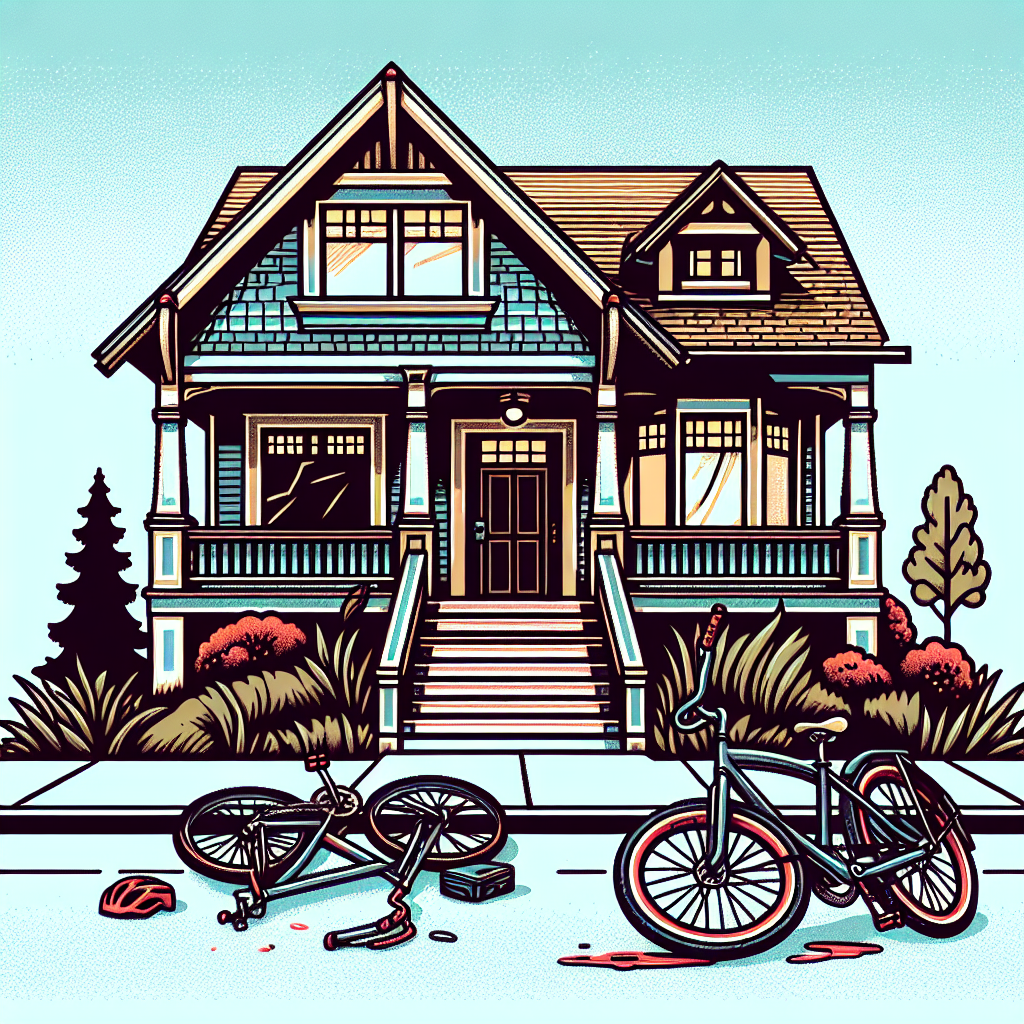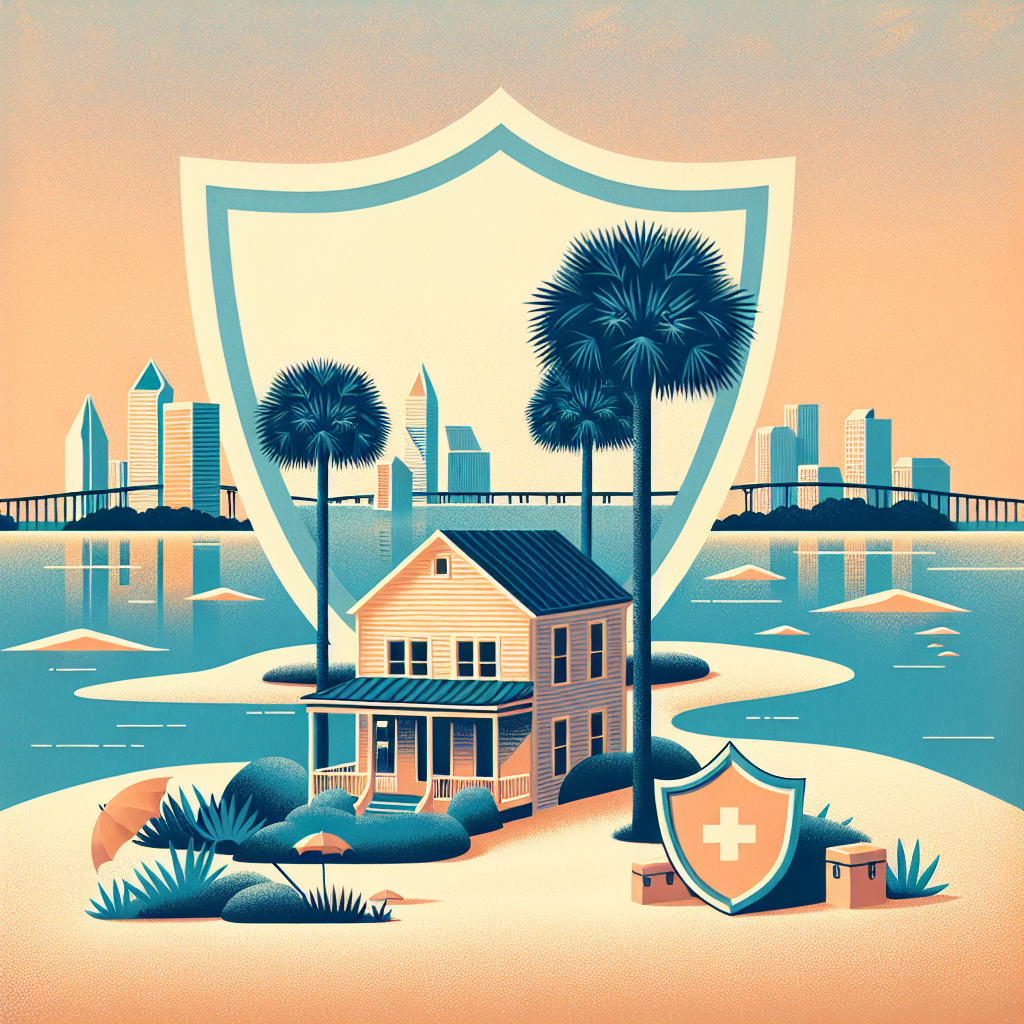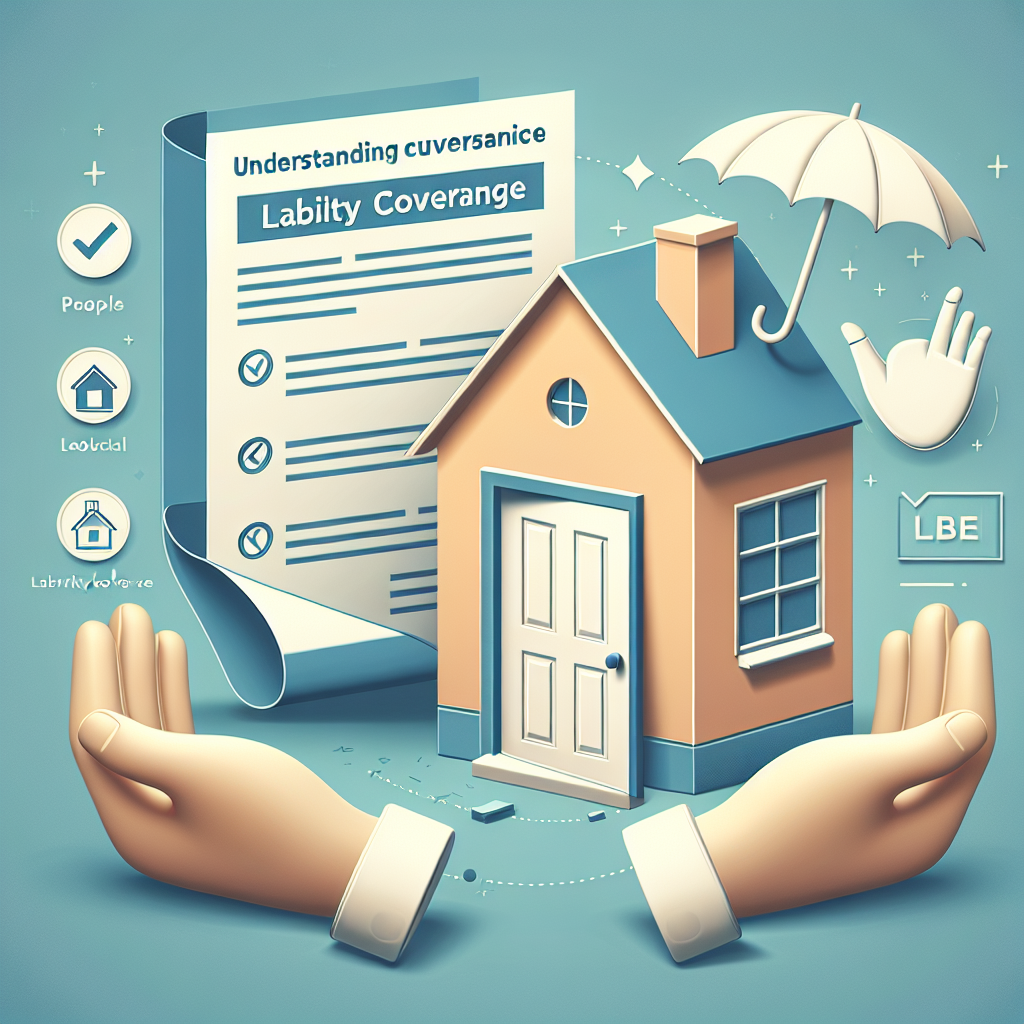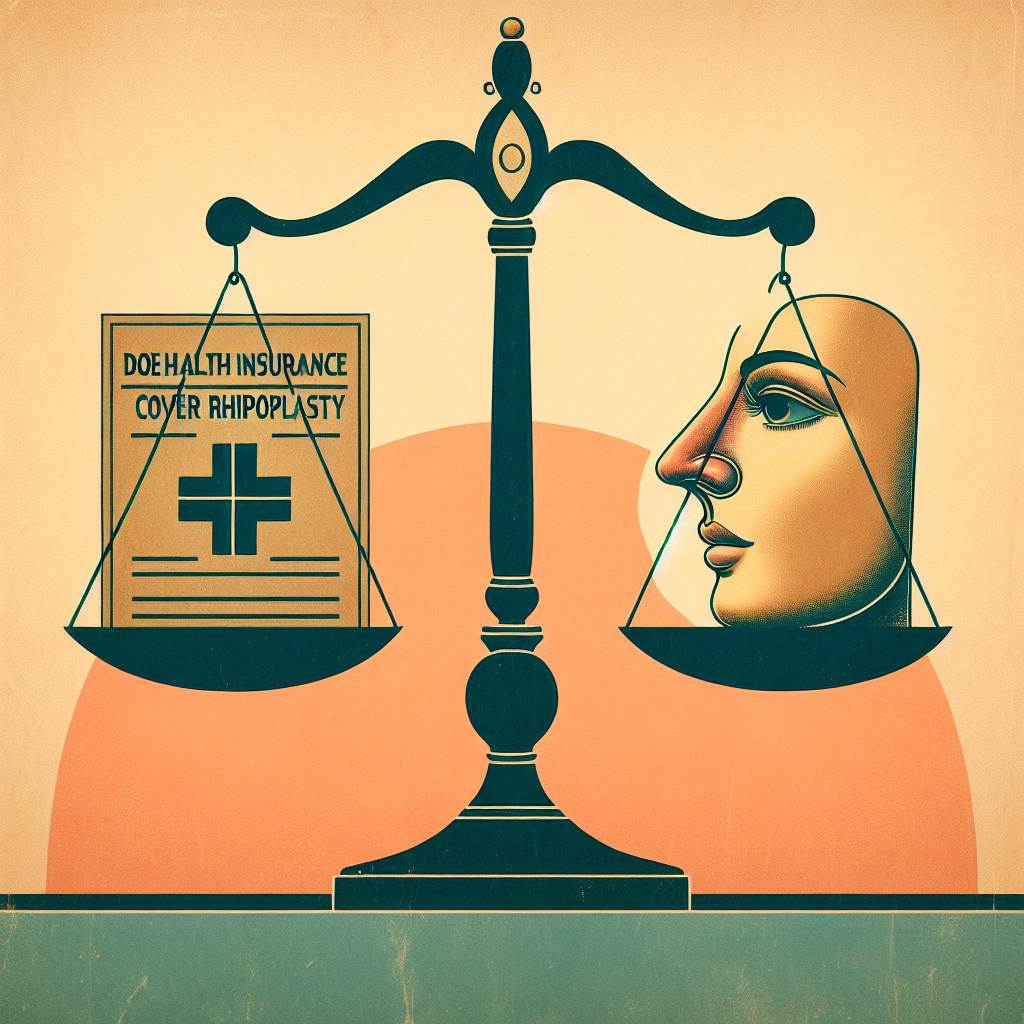Filed under Home Insurance on
Does Home Insurance Include Bicycle Accident Coverage?

Home insurance is a safeguard against the unexpected, offering peace of mind by covering various potential disasters. However, many policyholders find themselves uncertain about the specifics of their coverage, especially regarding scenarios that might not immediately seem pertinent. One such question that often arises is: Does home insurance include bicycle accident coverage? This article aims to demystify this topic, providing a comprehensive look at how home insurance interacts with bicycle accidents, what coverage options exist, and how you can ensure you're adequately protected.
Understanding Home Insurance Basics
Home insurance is designed to protect homeowners from financial loss due to damage or destruction of their residence and its contents. This typically includes coverage for events such as fire, theft, and certain natural disasters. However, the nuances of what is covered can vary significantly from one policy to another.
A typical home insurance policy consists of several components:
- Dwelling Coverage: This covers the structure of your home, including built-in appliances and fixtures.
- Personal Property Coverage: This component protects your personal belongings, whether they're inside your home or temporarily outside of it.
- Liability Protection: This covers you against lawsuits for bodily injury or property damage that you, your family members, or pets cause to others.
- Additional Living Expenses: If an insured disaster renders your home uninhabitable, this covers the additional costs of living elsewhere temporarily.
Bicycle Accident Coverage in Home Insurance
The primary question on many cyclists' minds is whether their home insurance includes coverage for bicycle accidents. The answer is that it depends on the circumstances of the accident and the specific provisions of your home insurance policy.
Personal Property Coverage
In many cases, bicycles are considered personal property. Thus, if your bicycle is stolen or damaged in a covered event (like a fire or windstorm), your home insurance policy's personal property coverage may apply. However, this coverage generally does not include accidents that occur while you are riding the bicycle. Deductibles and coverage limits will also apply, which can affect how much you are reimbursed.
Liability Coverage
Home insurance policies often include liability protection, which can extend to incidents involving your bicycle. If you are found liable for causing injury or damage while riding your bicycle, your home's liability coverage might protect you from financial claims or lawsuits. However, this typically does not cover injuries you sustain yourself.
Enhancing Bicycle Coverage
Given the limitations of home insurance when it comes to cycling incidents, many cyclists opt for additional coverage options. These can provide more comprehensive protection specifically designed for cycling-related risks.
Personal Article Insurance
To protect high-value bicycles, homeowners can purchase a personal article floater policy. This form of insurance can offer broader coverage and higher limits than standard personal property coverage, often without a deductible, providing peace of mind for high-end cycling equipment.
Standalone Bicycle Insurance
For avid cyclists or those with expensive bikes, standalone bicycle insurance is a viable option. This specialized coverage typically includes protection against theft, accidental damage, and sometimes even incidents unrelated to riding, such as transit damage or race participation. Depending on the policy, it may also cover personal injury, advising a stronger safety net than home insurance alone.
Factors Influencing Bicycle Insurance Needs
Deciding how much and what type of coverage you need for your bicycle depends on several individual factors:
- Value of the Bicycle: Expensive or custom bicycles may warrant their own insurance policy due to higher replacement costs.
- Frequency of Use: Regular cyclists, especially those who commute or participate in events, may benefit from additional protection.
- Terrain and Environment: Those riding in high-traffic or accident-prone areas might need comprehensive accident coverage.
- Personal Health Coverage: Evaluate your health insurance policy's provisions to ensure adequate coverage for injuries sustained in a bike accident.
Steps to Ensure Adequate Bicycle Coverage
Protecting yourself and your bicycle starts with understanding your current policy and making informed decisions about additional coverage:
- Review Your Current Policy: Examine your existing home insurance to understand what is covered regarding your bicycle, noting any exclusions or limitations.
- Consult Your Insurance Agent: Speak with your agent to clarify terms and gather information on available endorsements or additional policies.
- Consider Specialized Coverage: Weigh the benefits of personal article policies or standalone bicycle insurance tailored to your specific needs.
- Document Your Bicycle: Keep records of purchase, upgrades, and regular maintenance to simplify claim processes if necessary.
Conclusion
While home insurance can provide some protection for bicycles, particularly in terms of theft and third-party liability, it often falls short of covering accidents comprehensively. Cyclists should evaluate the value of their bicycles, their riding habits, and their current insurance provisions to determine whether supplemental coverage is necessary. By being proactive and informed, you can ensure that both you and your bicycle are adequately protected against unforeseen incidents, providing confidence and security as you navigate your cycling adventures.
In navigating the complexities of home insurance and bicycle coverage, remember to consult with insurance professionals and seek policies that align with your specific needs and lifestyle, allowing you to pedal with peace of mind.





